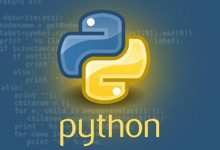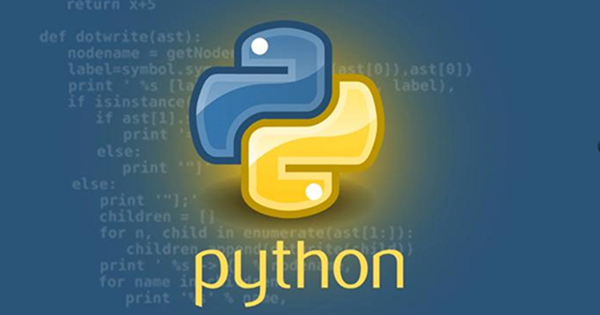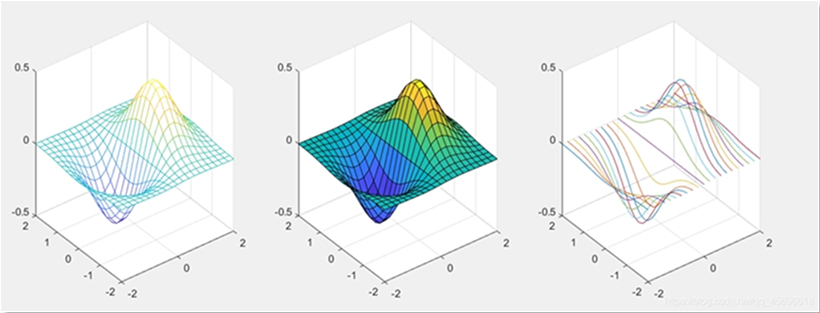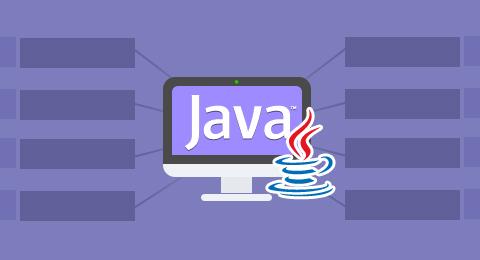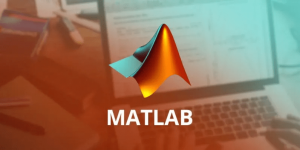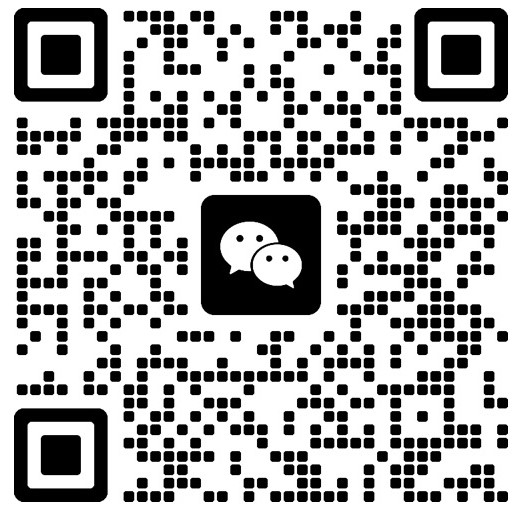
Introduction
Australia is formally defined by more than 2000 ”Statistical Area Level 2” (SA2) distinct geographical regions, designed to represent communities of between 3000-25000 people ”that interact together socially and economically”. In this assignment, we’ll focus on the 350+ SA2s within the Greater Sydney area, and you will be tasked with spatially integrating several datasets of various formats to calculate a score for each region.
The picture on the left, provided byState Records NSW, is set in the 1950s, and entitled ”Bustling Sydney” – an interesting way to describe our city. In many respects, it is quite ”bustling” indeed, but the argument could easily be made that the appeal of Sydney is that it doesn’t at all feel like a big city, given its close proximity to natural beauty (beaches, national parks, etc), overall low population density, and relatively small CBD area. Your task in this assignment is to develop a”bustling” metric for each SA2 region of Greater Sydney, in an attempt to quantify just how busy the districts within our city are.
Preparation
Form a group of 2-3 students(within your enrolled tutorial where possible, or with your tutor’s permission otherwise).
•Initial data loading and cleaning should be completed in Python, then SQL should be used to merge datasets and produce scores. This code should be collated in a neat, concise Jupyter notebook file.
•This unit’s Week 8 tutorial covers instructions for managing spatial data and the installation of PostGIS(the spatial extension of PostgreSQL) on your local database server.
•A shapefile of the SA2 digital boundarie scan be accessed on the ABS website here. Use these, alongside the data sources on Canvas, to complete the tasks below.
Tasks
Task 1
Import all datasets (clean if required) into your PostgreSQL server, using a well-defined data schema. These sources include:
•SA2 Regions: Statistical Area Level 2 (SA2) digital boundaries (feel free to filter this down to the ”Greater Sydney” GCC).
•Businesses: Number of businesses by industry and SA2 region, reported by turnover size ranges.
•Stops: Locations of all public transport stops (train and bus) in General Transit Feed Specification (GTFS) format.
•Polls: Locations (and other premises details) of polling places for the 2019 Federal election.
•Schools: Geographical regions in which students must live to attend primary, secondary and future Government schools.
•Population: Estimates of the number of people living in each SA2 by age range (for ”per capita” calculations).
•Income: Total earnings statistics by SA2 (for later correlation analysis).
Note: Ensure spatial datasets consider the correct SRID, which may differ within datasets
Task 2
Compute a score for how ”well-resourced” each individual neighbourhood is according to the formula provided on the next page, whereSis thesigmoid function,zis the normalisedz-score, and ’young people’ are defined as anyone aged 0-19. Feel free to only calculate scores for SA2 regions with a population of at least 100, and you are welcome to extend the scoring function however you deem necessary, so long as rational explanation is provided (e.g. other mathematical standardisation techniques, mitigating the impact of outliers, calculating some metrics per-capita or per-sqkm, etc).
As a small means of encouraging extensions of the basic suggested scoring function, note that the business definition is intentionally broad – select a cross-section of specific industries within the provided dataset (e.g. ”Retail Trade”) that you believe will be the best reflection of how ”bustling” the area is (describe your rationale in the report) and use this to calculate the component.
MetricDefinitionFileData Source
Business Selected industry businesses per 1000 peopleBusinesses.csvAustralian Bureau of Statistics
StopsNumber of public transport stopsStops.txt Transport for NSW
PollsFederal election polling locations (as of 2019) PollingPlaces2019.csvAustralian Electoral Commission
Schools School catchments areas per 1000 ’young people’ SchoolCatchments.zipNSW Department of Education
Task 3
Extend the score by sourcingone additional dataset for each group member, and then incorporating all new datasets into your scoring function. For full marks, at least one dataset should be of spatial data, and at least one should be of a type not used so far in this assignment (e.g. JSON, XML, or collated via web scraping). Almost any subject matter is permissible, so long as it can be justified as relevant to the calculation of our ”bustling” metric (e.g. public facilities, other census statistics, local wildlife, etc).
For either version of your scoring function (or both!), the following subtasks should also be achieved:
•Visualiseyour score in an engaging way, and summarise key results in a table (ideally including a useful map-overlay visualisation, or an interactive graph).
•Includein-depth analysisinto your results. Note interesting findings, discuss their limitations, and summarise key conclusions.
•Determine if there is anycorrelationbetween your score and the median income of each region.
•Ensure at least one usefulindex(ideally spatial) has been used for your calculations.
Task 4: Advanced Class Only
There are two additional components for DATA2901 students.
1.Create a new version of your score usingranks(r) rather than z-scores (z). As a theoretical example, rather than considering a particular SA2 to have 42 public transport stops, you would use the fact that this would rank it 14th of the regions. This will require a new standardisation technique other than the simple sigmoid z-score summation of before, so additionally consider how to convert these values into a comparable, interpretable score. Compare this new score to your previous one from Task
2.Use a supervised or unsupervised machine learning technique to add further depth to your results. This task is intentionally broad to allow creative applications, but some examples could include:
•A regression model to evaluate which features are statistically significant in predicting the median income of a region.
•A decision tree classifier to predict the broader SA3 region of a particular SA2 area, given some of its features.
•An unsupervised clustering algorithm to find similarities between SA2s that might otherwise not be considered alike.
Deliverables
1.PDF Report: This should be no more than 6 pages (plus an optional appendix), in which you document your data integration steps and the main outcomes of your analysis. Your document should contain the following:
•Dataset Description: What are your data sources? How did you obtain and pre-process the data?
•Database Description: How was your schema established (preferably a database diagram included), and how was the data integrated? What index(es) did you create and why?
•Score Analysis: Describe the formula used to compute your score for each region (including how it was extended with extra datasets), and give an overview of your results. This section will likely be the longest and most detailed.
•Correlation Analysis: How well does your score correlate with the median income of each SA2 region? Are these results surprising? Make any final observations about the usefulness or limitations of your scores.
•Additional Analysis: A final section for DATA2901 students, based on their extra requirements.
2.Jupyter Notebook: A file containing your entire data workflow.
3.Short Demo: A brief conversation with your tutor (not a formal presentation) in the Week 12 tutorials (or Week 13, if necessary). This allows time to discuss the decisions behind your work, and is not a marked component, but is mandatory for any marks to be received.
